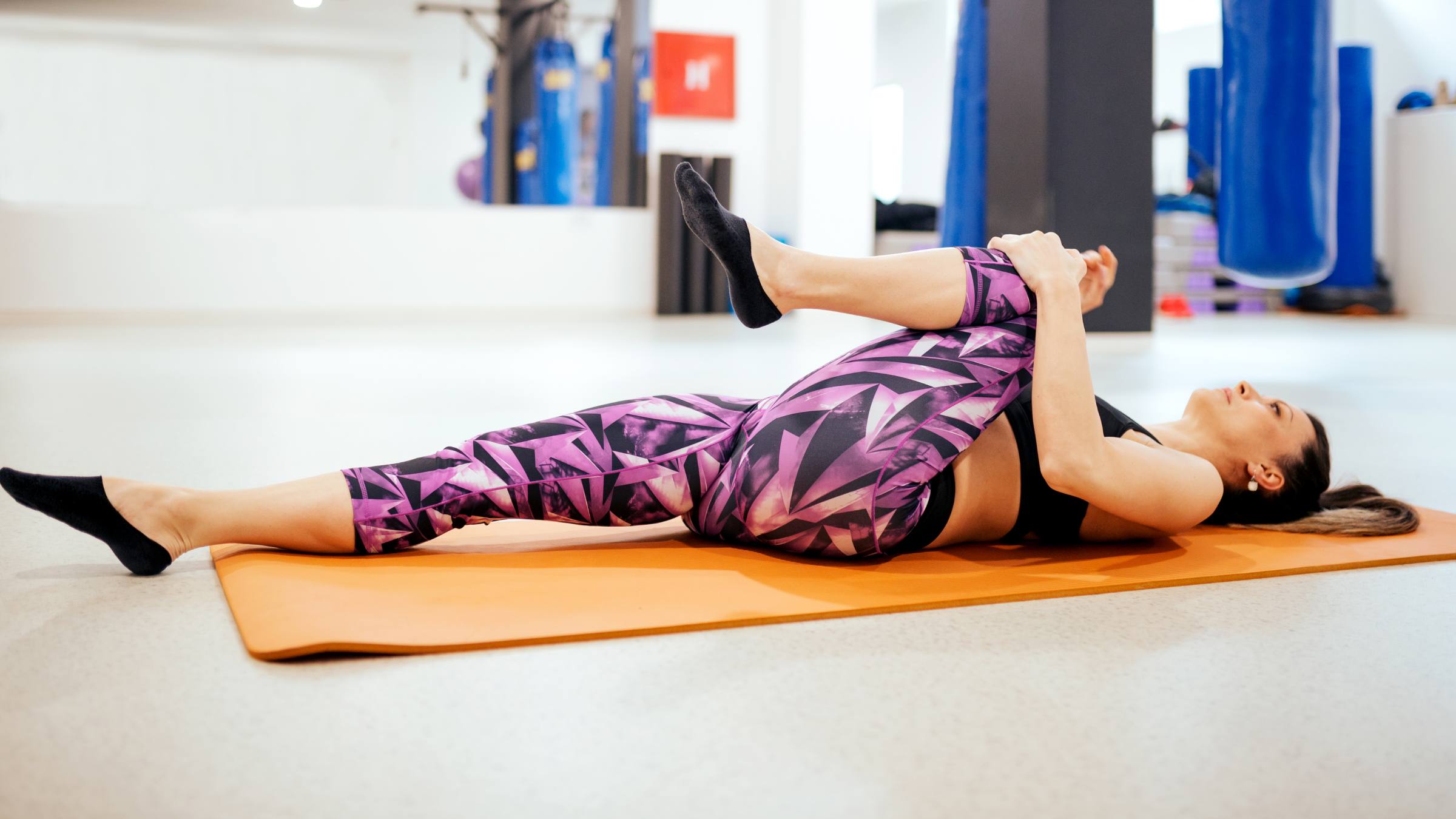Eat a good supper or a nutritious snack that will offer you energy before you workout. And remember to include all the food and water you’ll need to keep going strong during your outdoor workout.

Always have a full water bottle on hand. If your outdoor activity is going to be particularly long or strenuous, you should also bring along some nutrient-rich snacks, such an energy bar, fruit, or almonds. In exercises lasting 60 minutes or more, experts recommend refueling with carbohydrates every 30 minutes.
Should you stretch before or after a workout?
Different people have different opinions on whether you should stretch before or after a workout. The simple answer is that research suggests that both types of stretching done before and after exercise have the potential to boost performance. When and how you should stretch might be determined by professional recommendations and the type of activity you intend to perform.
Stretching dynamically before a workout is recommended, whereas static stretching is recommended afterward. How dynamic and static stretches function is explained below.
Dynamic stretches before a workout
Light cardio and dynamic stretches specific to your training should make up the bulk of your 5–10 minute warm-up. Walking slowly at a lower incline and doing dynamic stretches like leg swings and high knees are great ways to get warmed up for a new treadmill routine. The same muscle groups will be engaged in these functional movements as they would be throughout your treadmill workout.
Static stretches after a workout
Holding a position for 15 to 30 seconds is typical for static stretches. When you think of stretching, your mind immediately goes to them. Some examples of gentle twists and bends include side bends and hamstring stretches. For a long time, static stretches were considered the pinnacle of pre-game prep. Recall your time spent in physical education classes as a kid. Do you remember having to sit on a chair and try to touch your toes?

The advantages of static stretching are now being discussed. Static stretches performed prior to activity may improve flexibility when combined with an active, sport-specific warm-up, according to some research. Static stretching before exercise is not recommended by many experts since it can temporarily reduce muscular strength and performance.
Flexibility can be improved with static stretching, and it also aids in muscle recovery. You can lessen the likelihood of injury by incorporating static stretches into your post-workout cooldown. A proper cooldown entails activities that are less taxing than your workout.
What are the benefits of stretching before and after a workout?
Different studies have found different advantages of stretching. That’s not an excuse to avoid it. The American College of Sports Medicine suggests that individuals stretch at least twice or thrice weekly to maintain healthy, supple, and strong muscles. Including stretching in your pre- and post-workout routine is a simple method to fulfill this prerequisite. Stretching either before or after a workout has several positive effects.
Dynamic stretching before a workout increases circulation
It’s possible that active warm-ups assist you get ready for activity more effectively than idle ones. Beginning your workout with some dynamic stretching and low-intensity cardio is a fantastic idea. It’ll get your heart rate and respiration rate up slowly but surely. And it improves blood flow, which means more oxygen-rich blood is being sent to your muscles.
Dynamic stretching before a workout may improve range of motion
Being unable to fully reach aloft or bend at the knees might make working out even more difficult. Range of motion can be improved with the help of dynamic stretching. Joint mobility is measured by how far they can move in one particular plane. For effortless, pain-free motion, this is an absolute must.
ALSO READ: The 7 Healthiest Beans to Eat, According to Dietitians
By increasing muscle temperature with dynamic stretches before exercise, you can more easily move your joints through their full range of motion. Active stretching has been shown to increase flexibility and range of motion in the hamstrings.
Dynamic stretching before a workout may improve your performance
Greater mobility may lead to enhanced performance in physical activities and reduced risk of injury. To get the most out of your workout, pick dynamic stretches that mimic the movements you’ll be performing. One study found that dynamic stretching helped athletes improve their flexibility and overall performance. Researchers showed that by using this strategy, physically active males were able to increase their vertical leap and reaction time.
Static stretching after a workout may increase flexibility and range of motion
Static stretches are commonly used to alleviate muscle soreness after exercise. But there is conflicting evidence. In addition, new research suggests it won’t help with DOMS. According to another study, the only way to lessen DOMS by stretching is to stretch routinely.
That doesn’t mean static stretches after exercise are unnecessary. When performed at the end of a cooldown, it helps you to stretch out your warm muscles, which can help reduce muscle tension and improve mobility.





